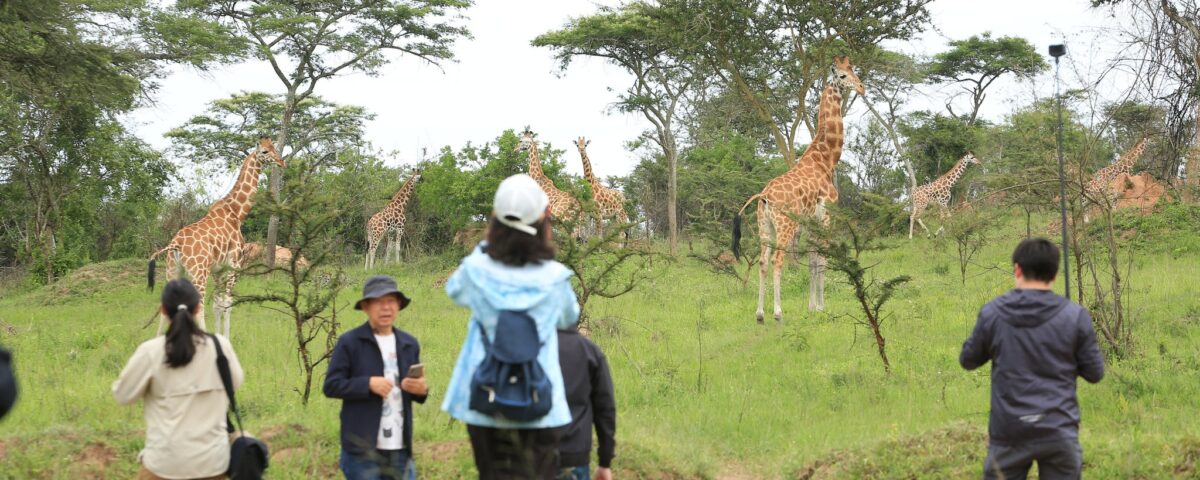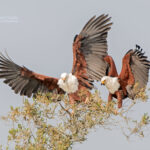
Are Birding Safaris Offered Year-Round in Uganda?
September 9, 2025Are Chimpanzee Tracking Permits Refundable?
September 10, 2025Are Children Allowed on Walking Safaris in Uganda?
Many travelers planning Uganda Safaris often ask, Are children allowed on walking safaris in Uganda? This question is essential for families who want to explore the wilderness together safely. Walking safaris are some of the most immersive wildlife experiences Uganda offers, allowing visitors to connect intimately with nature, learn about ecosystems, and observe wildlife on foot under the guidance of trained rangers. These safaris are carefully designed to be safe, educational, and family-friendly, making them an ideal option for children who are old enough to handle moderate walks and follow park safety guidelines.
Unlike traditional game drives, walking safaris encourage interaction with the environment, teaching children about animal tracks, plant species, and the behavior of Uganda’s diverse wildlife. Families can enjoy these immersive experiences while observing Uganda Wildlife Safaris, including zebras, giraffes, buffalo, and antelopes in parks like Lake Mburo National Park or Murchison Falls National Park. Many itineraries also allow families to combine walking safaris with Uganda Gorilla Trekking Safaris, giving children a once-in-a-lifetime opportunity to witness endangered mountain gorillas in their natural habitat. With careful planning and professional guidance, walking safaris can be both safe and enriching for children, making Uganda one of the most family-friendly safari destinations in Africa.
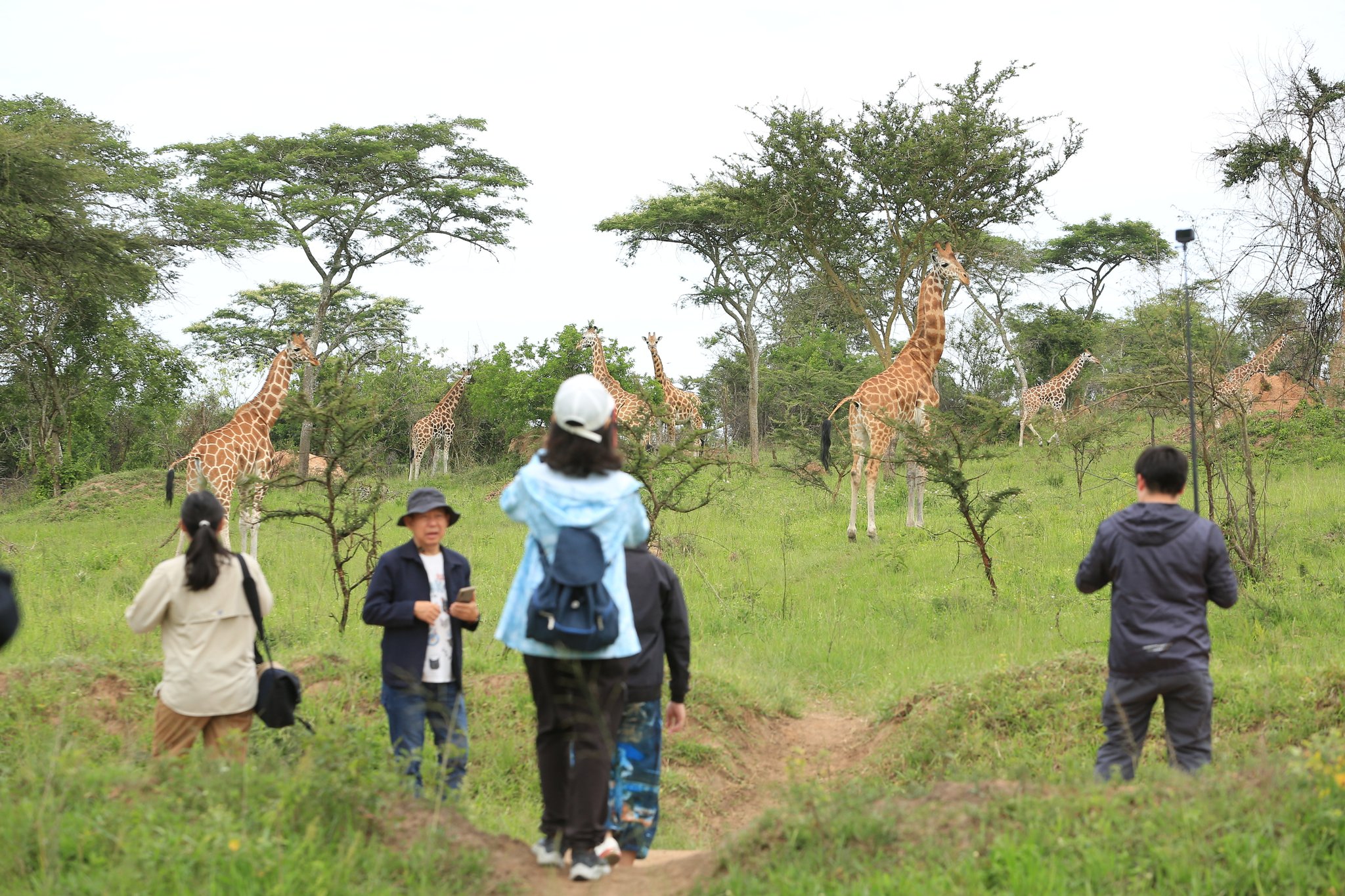
Are Children Allowed on Walking Safaris in Uganda?
Understanding Safety: Are Children Allowed on Walking Safaris in Uganda?
A common concern is safety, and understandably so: Are children allowed on walking safaris in Uganda, and under what conditions? Most parks have guidelines regarding the minimum age for walking safaris. For example, Lake Mburo National Park allows children above six years to participate in guided walks, while Murchison Falls and Kidepo Valley National Parks require children to be at least eight years old. These age restrictions ensure children can walk safely, understand instructions from rangers, and enjoy the experience without undue risk.
Walking safaris are always guided by trained and armed rangers who ensure that wildlife encounters remain safe. Parents can rest assured that safety protocols, such as keeping a safe distance from wild animals, using walking sticks, and following ranger instructions, are strictly enforced. Travelers also frequently ask, Can walking safaris in Uganda be tailored for families with younger children? The answer is yes. EcoQuest Safaris often customizes walking routes to suit families, opting for shorter, safer trails and including interactive wildlife education, which keeps children engaged while ensuring their safety.
Combining walking safaris with other activities like Uganda Birding Safaris or short Uganda Cultural Safaris also enriches the experience. Children can learn about local flora, watch traditional dances, and interact with communities while walking safely, making family-friendly walking safaris both enjoyable and educational.
Wildlife Encounters for Children on Walking Safaris
Travelers often ask, What wildlife can children safely see on walking safaris in Uganda? The answer depends on the location and the level of supervision. Lake Mburo National Park is a favorite for family-friendly walking safaris because it hosts a variety of herbivores like zebras, impalas, topis, giraffes, and buffaloes, all of which can be safely observed on foot. Hippos can also be spotted along lake shores, providing children with the excitement of seeing wildlife in their natural habitat.
Murchison Falls National Park allows families to see elephants, Uganda kobs, and warthogs in controlled areas, offering the thrill of a Uganda Wildlife Safari without the dangers associated with predator territories. For slightly older children, Kidepo Valley National Park offers the opportunity to witness cheetahs, ostriches, and large herds of buffalo under the guidance of rangers. By choosing age-appropriate walking trails, families can experience Uganda Best Safaris that combine wildlife, safety, and fun, giving children memories of a lifetime.
Many family itineraries also integrate Uganda Chimpanzee Safaris in Kibale Forest, allowing children to observe primates in a safe and controlled environment. Children gain a greater understanding of animal behavior and conservation efforts, encouraging early appreciation for Africa’s natural heritage.
Educational Value: Can Walking Safaris Teach Children About Wildlife?
Parents frequently ask, Are walking safaris in Uganda educational for children? Walking safaris offer far more than just sightings of animals. They allow children to observe animal tracks, identify plants, and learn about ecosystems in ways that game drives often cannot. For instance, while walking in Lake Mburo, children may spot termite mounds, dung beetles, and small reptiles, learning how each species contributes to the larger ecosystem.
In addition, guided walks often incorporate lessons on conservation and wildlife behavior. Children can understand why certain animals are endangered, how habitats are preserved, and the role of rangers in protecting wildlife. This makes walking safaris part of a holistic Uganda Wildlife Safari experience that combines adventure with learning. Parents often report that children return home with not just memories of wildlife sightings but also a deeper appreciation for biodiversity.
EcoQuest Safaris also ensures that educational content is tailored to different age groups, making each walk both fun and informative. Families can even pair walking safaris with Uganda Gorilla Trekking Safaris, allowing children to learn about gorilla families, social hierarchies, and conservation challenges in a safe and memorable way.
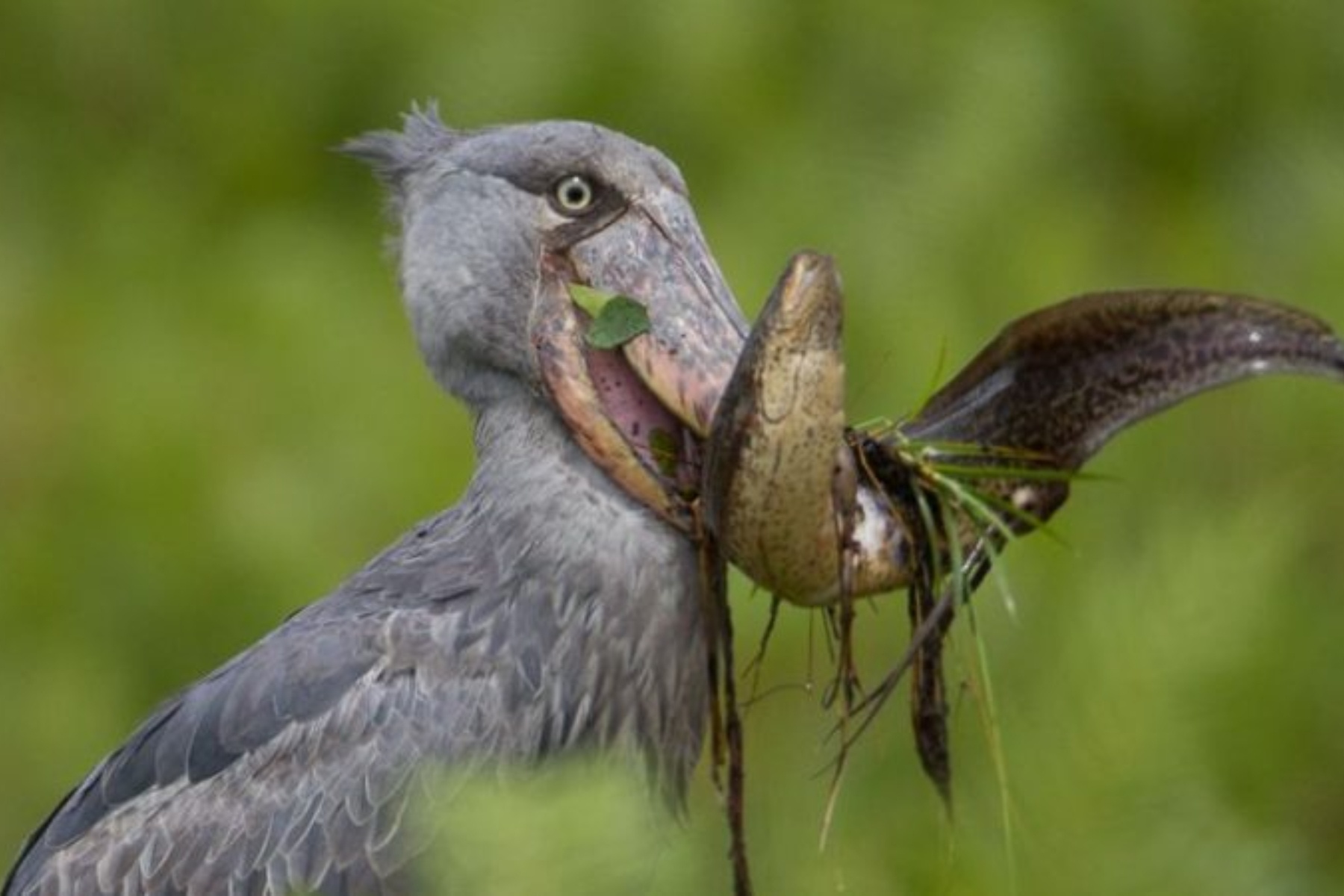 Combining Walking Safaris with Uganda Gorilla Trekking Safaris
Combining Walking Safaris with Uganda Gorilla Trekking Safaris
A question often asked is, Can walking safaris be combined with Uganda Gorilla Trekking Safaris for families? The answer is yes, and this combination is ideal for creating comprehensive family itineraries. Children old enough to trek gorillas in Bwindi Impenetrable Forest or Mgahinga National Park gain the rare opportunity to see endangered gorilla families up close while also enjoying walking safaris in savannah areas like Lake Mburo.
Combining these experiences gives children and families a multidimensional understanding of Uganda’s wildlife—from the plains and lakes to dense forests where primates reside. Walking safaris provide context for understanding animal behavior, while gorilla trekking adds the wonder of observing mountain gorillas in their natural environment. This combination ensures a richer educational experience and an unforgettable family adventure.
Additionally, walking safaris can be paired with Uganda Cultural Safaris, where children interact with local communities, learn traditional practices, and see how people coexist with wildlife. This integrated approach positions Uganda as a top destination for families seeking immersive, safe, and educational safari experiences.
Birding and Walking Safaris for Families
Families often ask, Are walking safaris suitable for children interested in birds? The answer is yes. Uganda is home to over 1,000 bird species, and walking safaris offer the perfect opportunity for children to observe them at close range. Guides can point out Albertine Rift endemics, kingfishers, hornbills, and even the elusive shoebill stork in suitable habitats.
By combining Uganda Birding Safaris with walking safaris, children not only learn to identify species but also understand ecological interactions such as nesting habits, feeding patterns, and migratory behavior. This experience enhances both the educational and entertainment value of walking safaris, giving families a deeper connection to Uganda’s biodiversity.
EcoQuest Safaris often integrates birding activities with safe trails in Lake Mburo, Murchison Falls, and Kibale Forest, ensuring that children remain engaged while learning about conservation. Birding becomes part of a multi-faceted Uganda Best Safaris experience, combining wildlife, primates, and cultural insights into one cohesive family adventure.
Cultural Experiences for Children on Walking Safaris
Families often wonder, Can children experience culture during walking safaris in Uganda? Walking safaris are not limited to wildlife—they also offer opportunities for cultural immersion. Along selected trails, families may visit communities that teach traditional crafts, music, and dance. Children can learn about banana beer brewing, local cooking, and the significance of Ankole long-horned cattle in community life.
These cultural encounters enhance Uganda Cultural Safaris, making walking safaris a complete experience that blends wildlife, education, and culture. Children gain a holistic understanding of Uganda, seeing how communities coexist with wildlife, appreciate natural resources, and preserve traditions. Combining cultural visits with walking safaris and gorilla trekking ensures a multi-layered itinerary that appeals to families seeking safe, engaging, and educational African adventures.
Why Families Should Choose Walking Safaris in Uganda
So, why should families choose walking safaris in Uganda? Walking safaris offer safety, education, and unparalleled wildlife experiences suitable for children above the recommended age. With guidance from professional rangers, children can safely observe zebras, giraffes, buffaloes, chimpanzees, and even gorillas when combined with Uganda Gorilla Trekking Safaris.
Additionally, walking safaris allow families to engage in birding, interact with local communities, and gain conservation insights. This multi-dimensional experience ensures that Uganda walking safaris are not just a trip but a lifelong educational adventure. By choosing family-friendly walking safaris, travelers enjoy Uganda Best Safaris that combine adventure, culture, and learning in safe, controlled, and unforgettable settings.
EcoQuest Safaris ensures that every aspect of the itinerary is tailored to families, providing safety, educational content, and adventure. Walking safaris become not only a way to see wildlife but also a means of building connections with nature, wildlife, and culture. This unique blend makes Uganda one of the most compelling destinations for families seeking immersive, safe, and enriching African safaris.
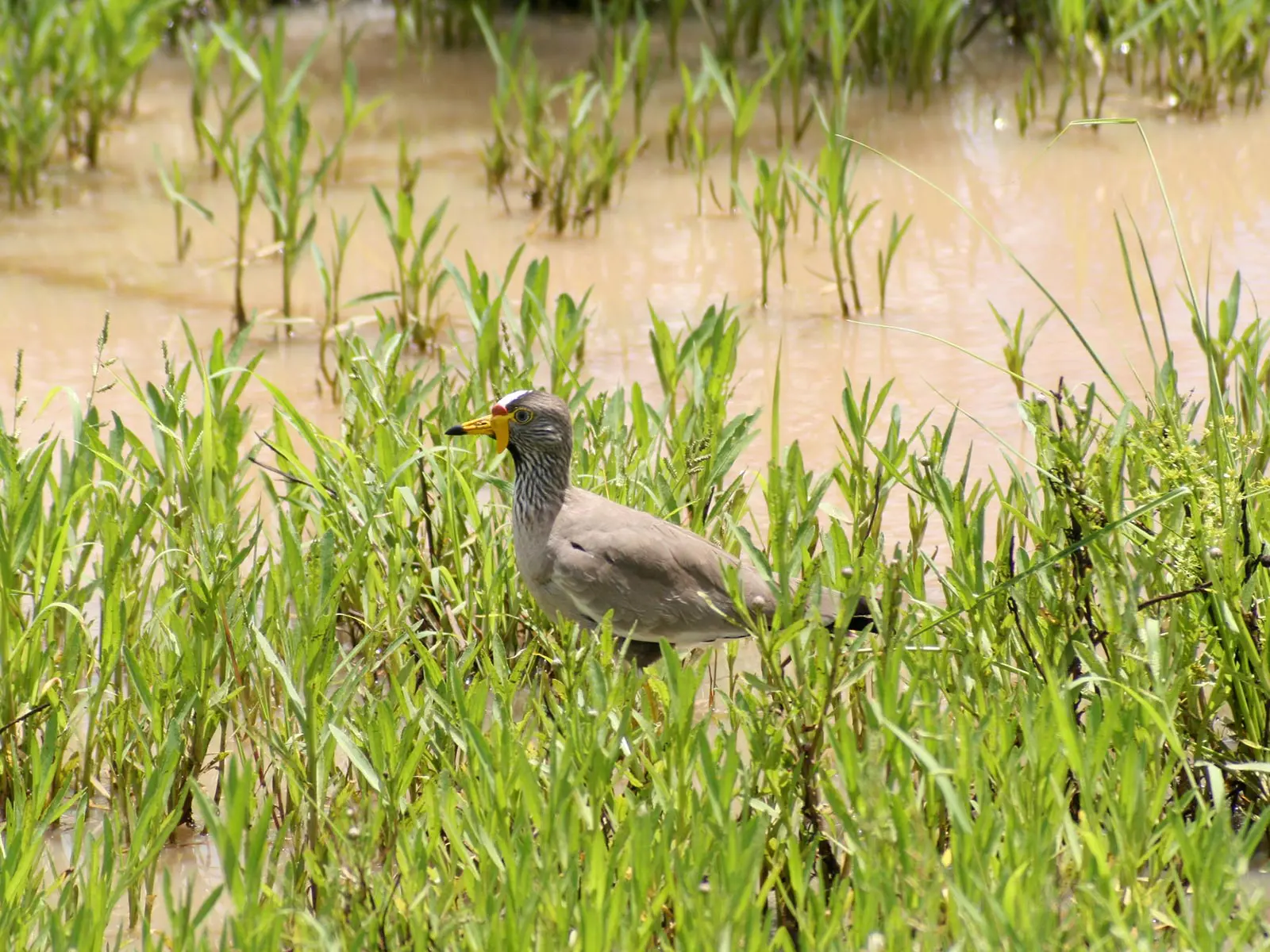 Conclusion: Are Children Allowed on Walking Safaris in Uganda?
Conclusion: Are Children Allowed on Walking Safaris in Uganda?
In summary, the answer is yes—children are allowed on walking safaris in Uganda, with age restrictions and safety guidelines in place. Families can enjoy close encounters with wildlife, learn about ecosystems, participate in Uganda Birding Safaris, and engage with local communities through Uganda Cultural Safaris. Walking safaris can also be combined with Uganda Gorilla Trekking Safaris and Uganda Chimpanzee Safaris, providing a complete, educational, and unforgettable experience.
By selecting EcoQuest Safaris, families gain the expertise, safety, and local knowledge necessary for memorable and transformative walking safaris. These experiences not only introduce children to wildlife and culture but also instill a lifelong appreciation for conservation. Walking safaris in Uganda are more than just guided walks—they are immersive adventures, educational journeys, and family bonding experiences that position Uganda as a premier destination for Uganda Best Safaris.

